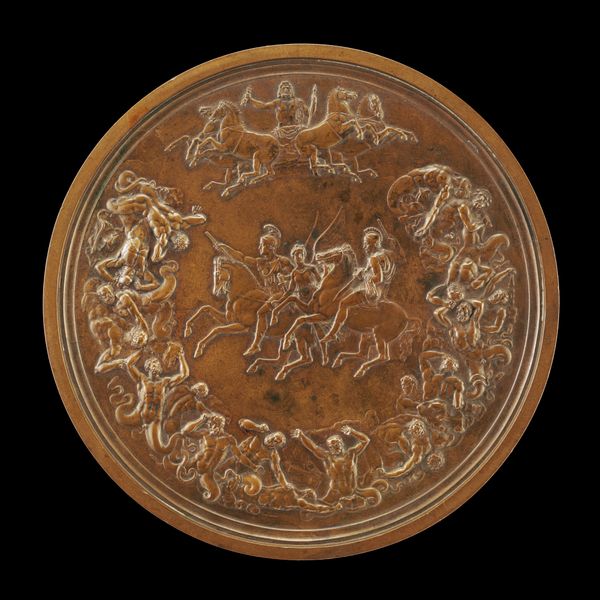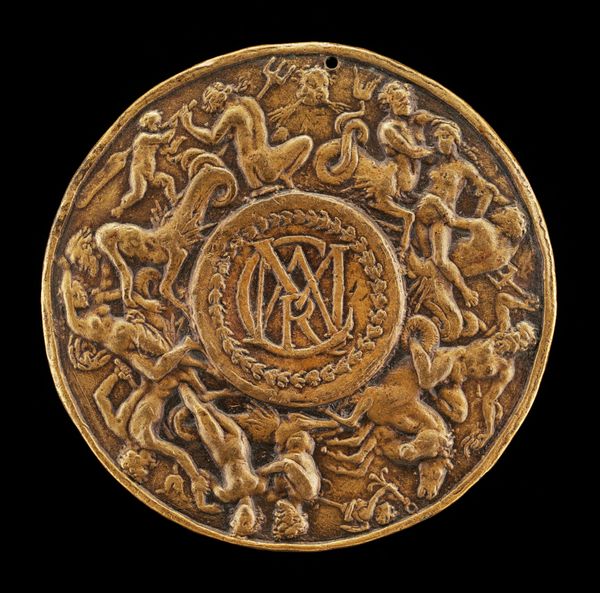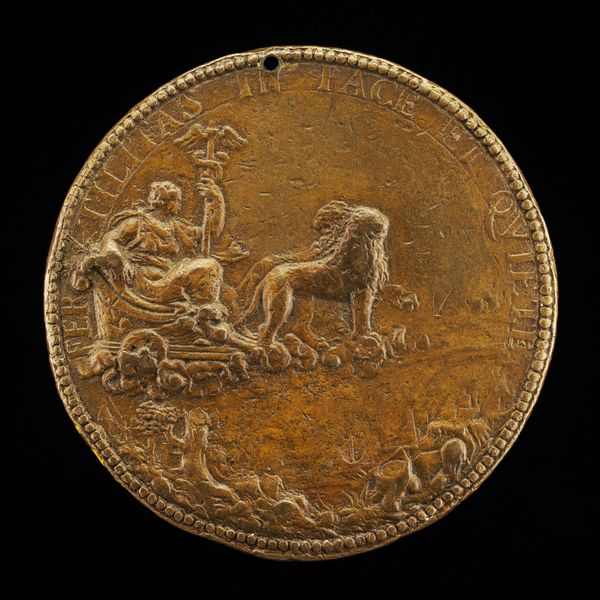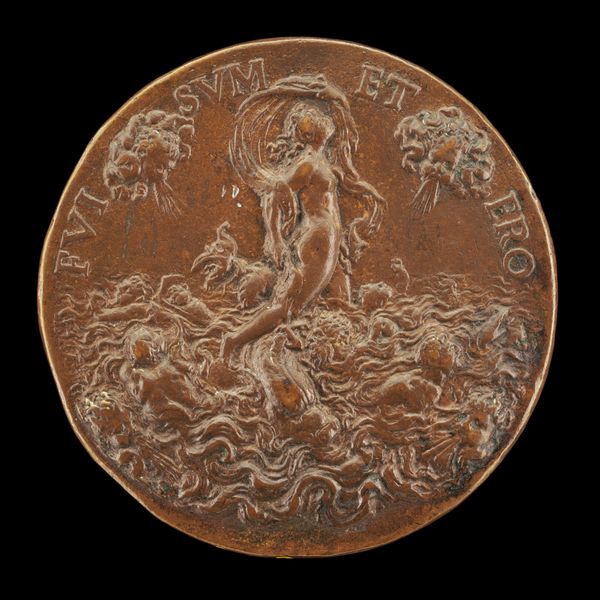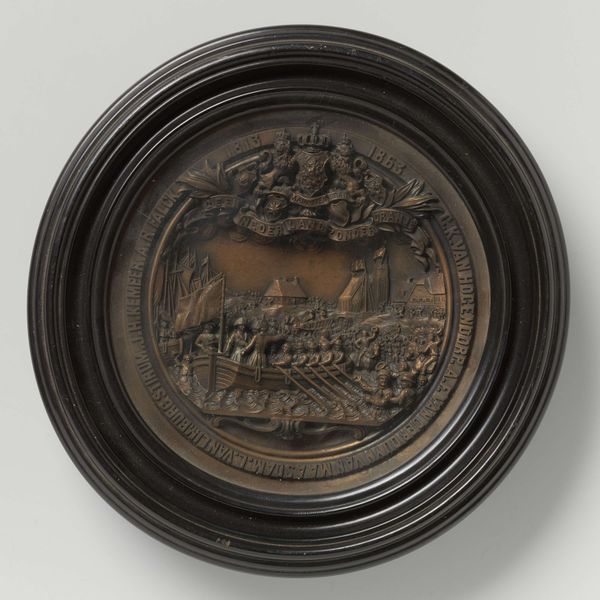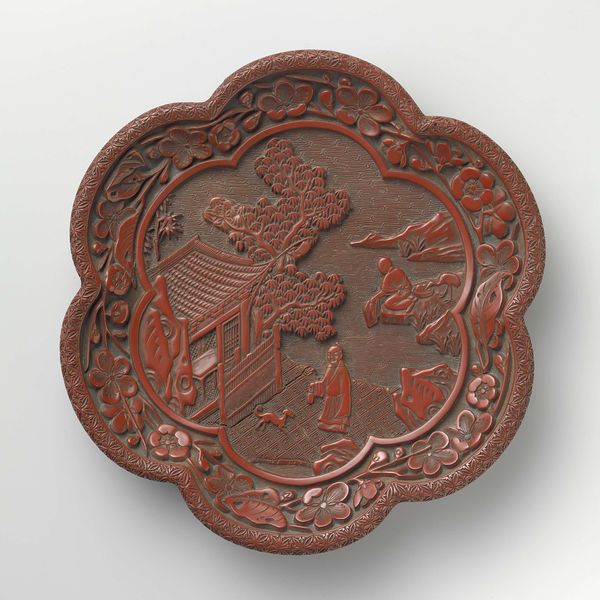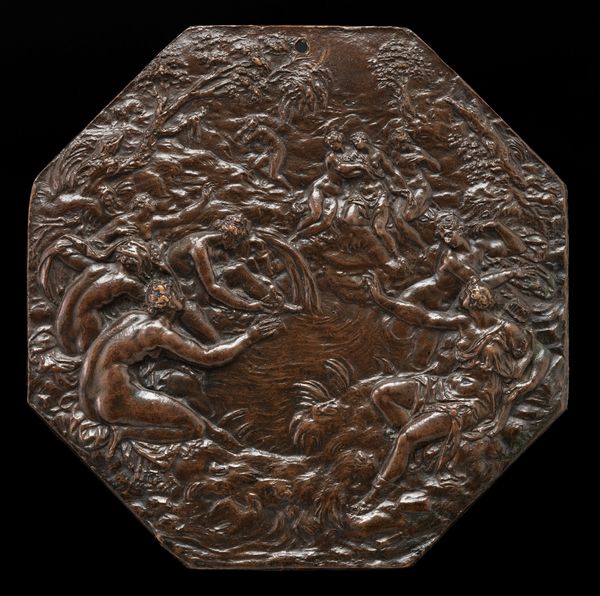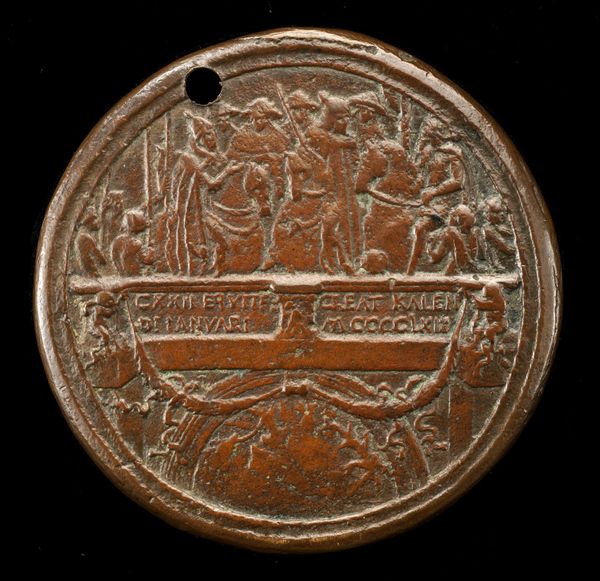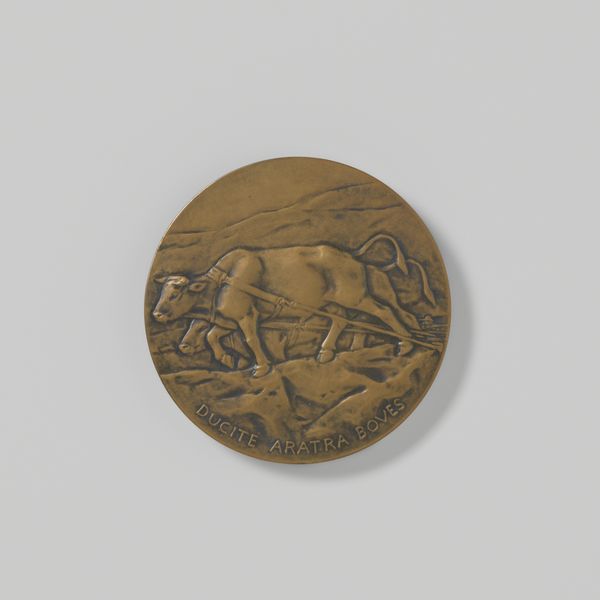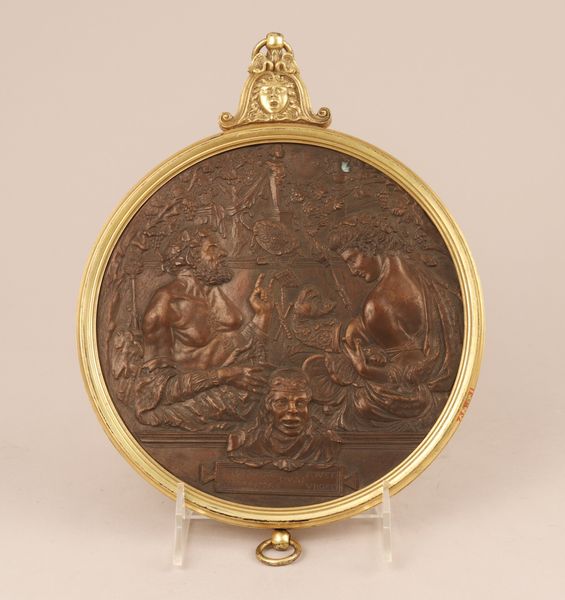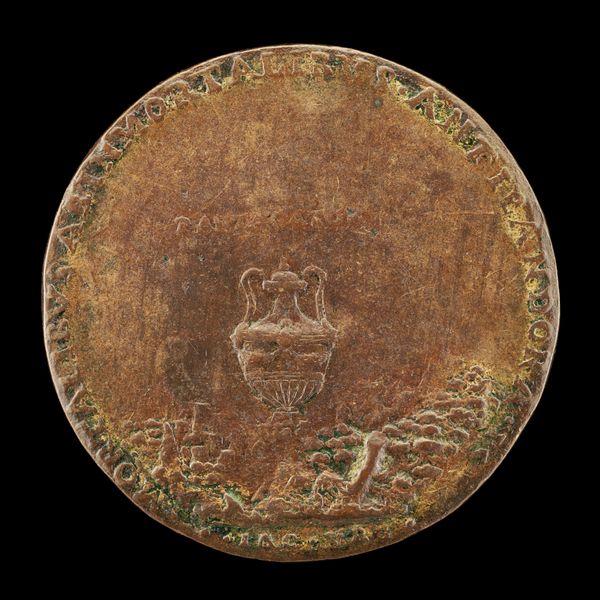![The Waterloo Medallion: The Prince Regent (later George IV) of England, Francis II of Austria, Alexander I of Russia, and Frederick Wilhelm III of Prussia Surrounded by Symbols of Power and Justice, with Day, Night, the Fates, and the Furies [obverse] by Benedetto Pistrucci](/_next/image?url=https%3A%2F%2Fd2w8kbdekdi1gv.cloudfront.net%2FeyJidWNrZXQiOiAiYXJ0ZXJhLWltYWdlcy1idWNrZXQiLCAia2V5IjogImFydHdvcmtzLzk1ZjI2NTVlLTc4NTYtNDRhMC1iN2Y3LWVjZGUyZWE1YjQzNS85NWYyNjU1ZS03ODU2LTQ0YTAtYjdmNy1lY2RlMmVhNWI0MzVfZnVsbC5qcGciLCAiZWRpdHMiOiB7InJlc2l6ZSI6IHsid2lkdGgiOiAxOTIwLCAiaGVpZ2h0IjogMTkyMCwgImZpdCI6ICJpbnNpZGUifX19&w=3840&q=75)
The Waterloo Medallion: The Prince Regent (later George IV) of England, Francis II of Austria, Alexander I of Russia, and Frederick Wilhelm III of Prussia Surrounded by Symbols of Power and Justice, with Day, Night, the Fates, and the Furies [obverse] c. 1817 - 1861
0:00
0:00
relief, bronze, sculpture
#
portrait
#
medal
#
neoclacissism
#
stone
#
relief
#
bronze
#
sculpture
#
history-painting
Dimensions: overall (diameter): 13.87 cm (5 7/16 in.) gross weight: 506.5 gr (1.117 lb.) axis: 12:00
Copyright: National Gallery of Art: CC0 1.0
Benedetto Pistrucci, an Italian engraver working in Britain, designed this bronze medallion to commemorate the victory over Napoleon. This was a pivotal moment in European history and it’s fascinating to see how it was portrayed through symbols of power, justice, and even mythology. The profiles of the four allied leaders, including the Prince Regent, are set against classical imagery: Day and Night, the Fates, and the Furies. It’s as if Pistrucci, working in the 19th century, sought to elevate these men to the level of gods. Britain’s cultural institutions have long played a role in shaping national identity and political narratives. This medallion, with its classical references, exemplifies the way in which art could be used to legitimize authority. To better understand such artwork, scholars delve into archives, political writings, and even popular culture. We consider not only the image itself, but the social context in which it was made and how that context shaped its meaning.
Comments
No comments
Be the first to comment and join the conversation on the ultimate creative platform.
